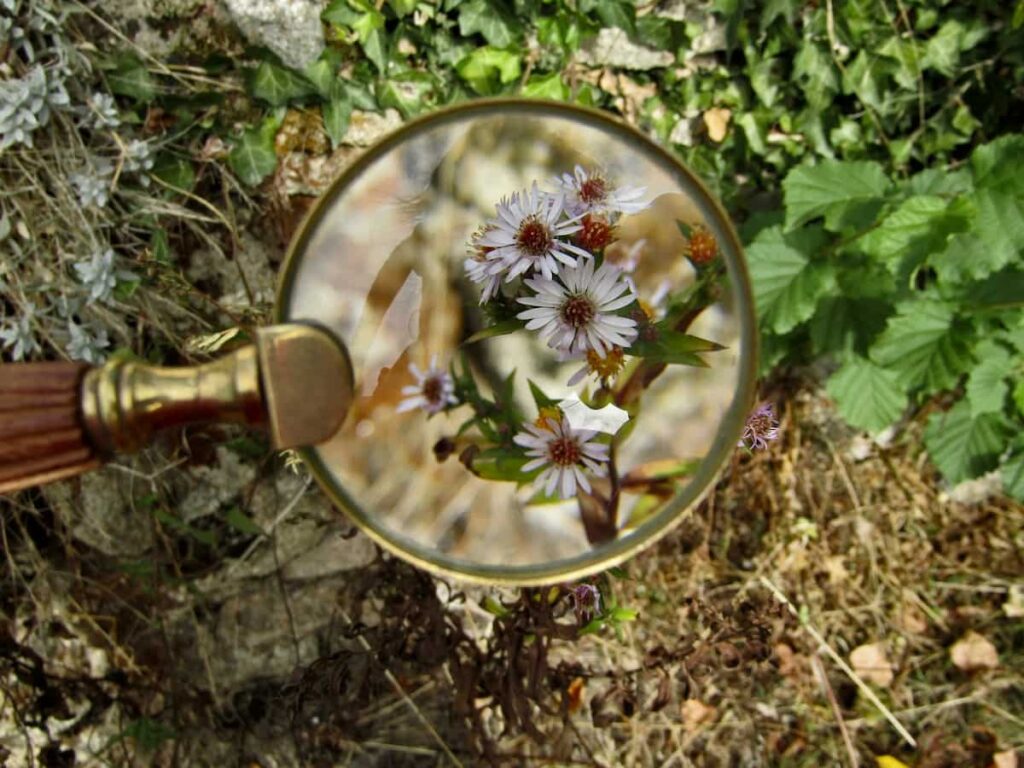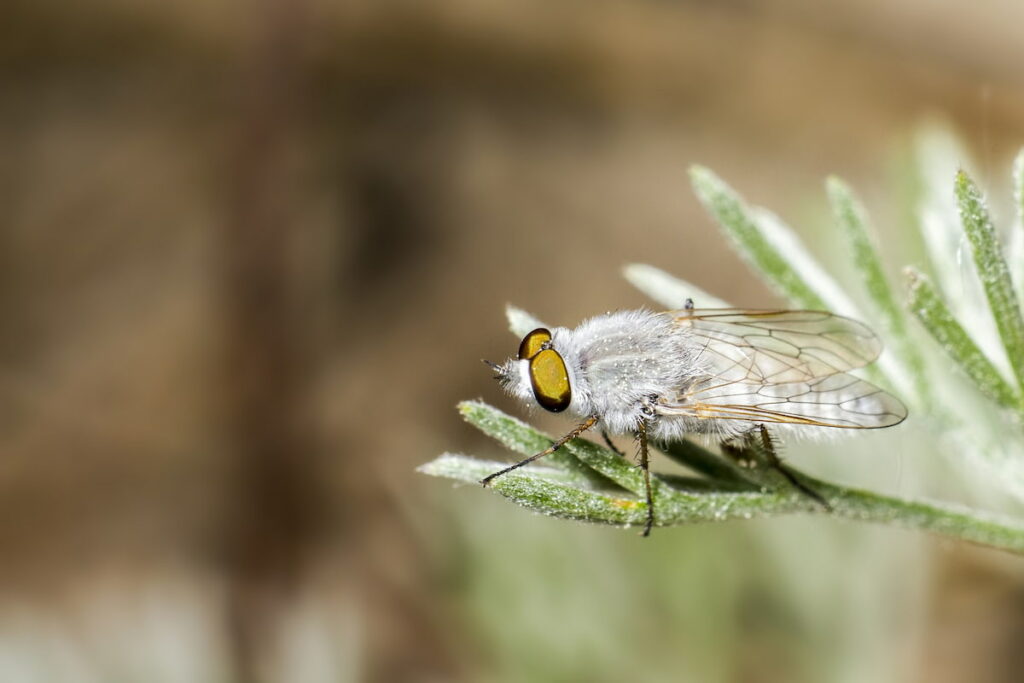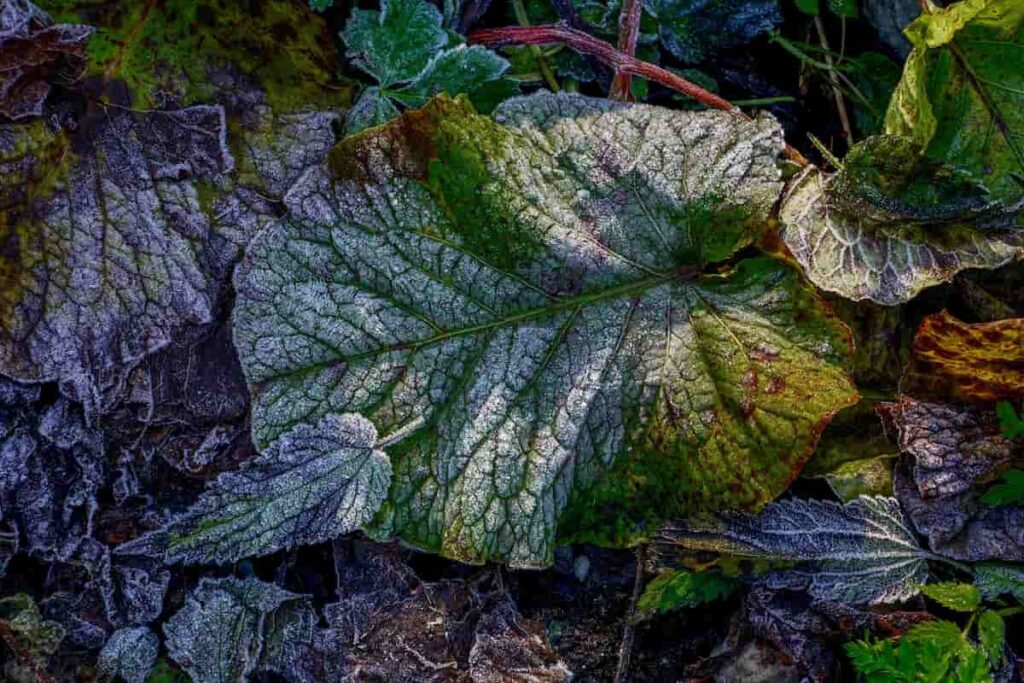Gardening is an excellent form of exercise. It’s also among the most rewarding as your garden grows and thrives. But even a well-maintained garden has its share of pests. Whiteflies are the most common pests in any home. They love to feed on flowers and fruits and can quickly devastate crops and gardens. They can be a big annoyance, causing damage to plants both indoors and out. If left unchecked, whiteflies can defoliate plants, spread fungus, and even dehydrate them.

Whiteflies are small, white, winged insects that feed on plant sap. They are common in home gardens and can be a nuisance because they excrete a sticky substance that can damage plants. Whitefly growth is a natural occurrence in most environments. However, some conditions make whitefly growth more likely and favorable. Knowing these conditions can help you take necessary precautions to avoid or reduce whitefly populations on your plants.
How to identify and control whiteflies in home garden
General characteristics of whiteflies
Whiteflies are small, wingless insects that feed on plant sap. They can be a nuisance in homes, gardens, and orchards. There are about 30 different species of whiteflies, but only a few causes significant problems. All whiteflies suck the juice from plants, but several species cause more damage than others. The major whitefly problem areas include vegetables, fruits, flowers, and ornamentals.
Adult whiteflies are about 1/8 inch long and have short wings. They are reddish-brown to yellow, and their bodies have a waxy coating. There is one pair of legs at the rear of the body and two pairs of legs along the sides. Whiteflies lay eggs on leaves or stems. When the eggs hatch, young whiteflies feed on plant sap and grow until adulthood; they then molt into their adult form.
Symptoms of whiteflies
The whitefly is a small, hard-shelled insect that feeds on plant sap. Whiteflies can cause many minor problems in the garden, including growth stunting, flower petal abrasion, discoloration, and even wilting. Check for whitefly eggs. Eggs are generally oval and yellowish-white in color. They are attached to surfaces by silk thread or tiny legs. Eggs will hatch into whiteflies within about two weeks if temperatures exceed 30°C. If temperatures are below 13°C, eggs will not hatch until the end of the season when they reach maturity and darken in color to black.
In case you missed it: How to Grow Borage from Seed: A Detailed Guide to Planting to Harvesting

The life cycle of whiteflies
Whiteflies are small, white, wingless insects that feed on plants. The life cycle of whiteflies is three stages: egg, larva, and pupa. Whiteflies lay eggs on the surface of the plant. Larvae grow and molt several times before becoming pupae. The adult whitefly emerges from the pupa case and feeds on plant sap. Nymphs grow by eating aphids, another pest that feeds on plants.
Once they’ve grown large enough, nymphs turn into adults and start to fly around, looking for food. Adults eat pollen and other parts of plants, which can damage them or cause them to die. Eventually, adults die after copulating and laying eggs on other plants.
How to identify whiteflies damage
There are many ways to identify whitefly damage in the home garden. One method is to examine plants for the presence of small, yellow-green spots that may be weeping or oozing fluids. These spots are typically caused by whitefly larvae filling up tissue with their excrement, causing the plant to wilt and eventually die. Another indicator of whitefly infestation is a musty smell on plants, which comes from the insect’s eggs hatching and producing live nymphs. Finally, if leaves drop off prematurely or develop brown patches, whitefly damage is likely to present.
Favorable conditions for whiteflies
Whiteflies are small insects that can be found on plants. They suck the juice from leaves and flowers, causing the tissue to die. Whiteflies can damage plants quickly, so getting rid of them as soon as possible is essential. Plants that are overwatered or have poor drainage can become infested with whiteflies. Ensure your plants have good water drainage and don’t overwater them. Warm temperatures encourage whitefly growth.
Whiteflies will be more likely to thrive if you have an area where temperatures stay high throughout the year. Additionally, it is essential to clean surfaces regularly to remove food sources for the whitefly larvae. Weeds provide sustenance for whiteflies, so eliminating them from around the plant will help reduce their numbers. Weeds such as Thistles, Ragweed, and Dandelions can easily be controlled with herbicides or manual cultivation techniques such as hand weeding or hoeing.
In case you missed it: How to Grow Parsley from Seed: A Detailed Guide to Planting to Harvest

Natural ways to control whiteflies in the home garden
Use natural predator pests
You can try using predatory ladybugs or lacewings as natural controls. Just be sure to place these predators where they can access many whitefly larvae since they won’t bother other insect pests.
Trap whiteflies with lemon juice
It is a simple trap that catches adult whiteflies and their eggs. Add equal parts lemon juice and water in a spray bottle, then spray around the plants where you see whitefly activity.
Vacuum the insects
One way to control whiteflies is to vacuum them up. You can use a standard household vacuum cleaner with a hose attachment. Be sure to use the appropriate setting for removing insects.
Spray with water
You can control whiteflies with a water spray. Fill a container with water and aim the spray at the insects. Spray them directly or use a fan to distribute the liquid over a larger area.
Use sticky traps
If you have a problem with whiteflies, you can use sticky traps to control them. Whiteflies are attracted to adhesive surfaces, so placing sticky traps near areas where they are known to congregate will help catch them.
In case you missed it: Top 10 All Year Flowering Plants

Use pyrethrin spray
There are many ways to control whiteflies, including using pyrethrin spray. Pyrethrin is a synthetic compound that is derived from Chrysanthemum flowers. Pyrethrin is toxic to insects but harmless to humans, pets, and plants. It has a weak sweet odor and is white to slightly yellowish. Pyrethrin can be applied as a foliar spray on plant leaves or seeds or as a soil drench.
Insecticidal soap
One way to get rid of whiteflies is to kill them with insecticidal soap. You can use a commercial product or make your own using one part of hydrogen peroxide to three parts of water. Soap will also repel other bugs and help keep the area clean. Shake it off and release the insects into a container filled with soapy water. The soap will dehydrate them, and they’ll eventually die.
Insecticides
Different types of insecticides can be used to control whiteflies. Some of the most common insecticides for controlling whiteflies include malathion, carbaryl, clothianidin, permethrin, and lindane. Reading the product label before using an insecticide is essential to avoid poisoning yourself or your pets.
Diatomaceous earth
For most people, diatomaceous earth is the best option. Diatomaceous earth is a powder that kills whiteflies by dehydrating them. Sprinkle it around the plants and let it work its magic.
Bacillus thuringiensis
Bacillus thuringiensis is a bacteria used as a pesticide against larvae of various pests, including whiteflies. To use Bacillus thuringiensis products to kill whitefly larvae, mix one tablespoon of Bacillus thuringiensis into 9 liters of water and pour it over the plants surrounding the infested area. Irrigate until the soil has absorbed all the liquid; do not allow it to pool on the surface. Repeat this application every seven days for three weeks or until no further larvae are seen emerging from the plant roots.
In case you missed it: 10 Best Fragrant Plants for Indoors: Top List

Natural oils
Another way to get rid of whiteflies is to use oils such as neem oil or soybean oil. These oils will suffocate the fly and will also repel other insects. Be sure to apply the oil before they become an issue and repeat as necessary. Be sure not to use too much oil, as it may cause damage to the plant. Another option is to make a spray using cedar oil and water. Add two tablespoons of oil to one cup of water and spray the solution onto the plants.
How to prevent whiteflies in the home garden
- One way to reduce whitefly populations is to remove their breeding sites, such as old flowers or leaves left on the ground after harvest. If you can’t get rid of the source, ensure your plants are free of standing water and avoid planting in dense areas near wildland habitats that harbor large populations of these pests.
- Ensure the area around your house is well-ventilated, as whiteflies like warm and damp environments. Open all windows and doors and use fans when necessary. Avoid using harsh chemicals or sprays in your home, as they may also harm you.
- If plants in your garden are susceptible to whiteflies, you can eliminate them using simple methods. One method is to pick the plants and remove them from the garden or treat them with a pesticide. Another way is to use a barrier around the plant, such as a cloche, to exclude the whiteflies from visiting the plant. You can also use ladybugs to control whiteflies.
- A few prevention strategies can be used to control whiteflies. You can also try using a barrier spray around plants that attract these pests but don’t kill them. You can also place screens over flowers, so they don’t get contaminated with pollen and then attract the whiteflies away from your plants.
In case you missed it: How to Grow Nasturtium from Seed: A Guide to Planting to Harvest

Plants susceptible to whiteflies
Whiteflies can be found on various plants, from ornamental flowers to warm-season vegetables, including Tomatoes, Eggplants, Peppers, and Okra. Some species can attack sweet Potatoes, Cabbage family plants, and citrus trees. However, they will feed on the most common houseplants, especially those with soft, smooth leaves.
Conclusion
Whiteflies are small, wingless insects that feed on plant sap. They can be a nuisance in home gardens, as they can cause leaves to turn yellow, drop flowers to wilt and fade, and fruit rot. They feed on pollen and nectar and multiply quickly if they find a suitable food source. Whiteflies don’t cause damage to plants directly, but they can spread plant diseases if allowed to thrive. Fortunately, there are several ways to control whiteflies in your garden. Control whitefly populations in the garden using natural methods is the best.
- Broccoli Seed Germination and Selection
- Asparagus Seed Germination and Variety Selection
- Seasonal Flower Gardening: Best Practices for Spring, Summer, Fall, and Winter
- How to Grow Hibiscus from Flower
- Plantation Ideas for Home Decoration: A Beginners Guide
- Flower Garden Designs and Layouts for Beginners
- Planting and Spacing Techniques in Papaya: A Beginner’s Guide
- Growing Gold: Essential Techniques for Planting Pineapples
- How to Make Kalanchoe Plant Bushy: Home Remedies and Solutions
- 11 Reasons Why Your Gardenia is Not Blooming: Home Remedies and Solutions
- Eco Elegance: The Guide to Designing a Drought-Tolerant Landscape
- Gardening on a Slope: Strategies for Hillside Landscaping
- Nourish and Flourish: Top Organic Mulches for Thriving House Plants
- Everything You Want to Know about Indian Mogra Flower: Discover Uses and Growing
- Green Thumb Success: Expert Tips for Cultivating Greenhouse Pumpkins All Year Round
- Maximize Growth & Flavor: The Ultimate Guide to Companion Planting in Herb Gardens
- How to Control Rhododendron Problems Naturally: Home Remedies and Organic Ways to Fix Them
- Natural Magic: The Remarkable Benefits of Cinnamon for Plants
- Best Steps to Revive Dying Tulip with Natural and Organic Treatment
- 10 Reasons Why Your Angel Trumpet is Not Blooming: Remedies and Treatment
- How to Fix Periwinkle Leaf and Flower-Related Problems: Natural Remedies and Solutions
- How to Fix Zinnias Leaf and Flower Problems: Discover Natural and Home Remedies
- Organic Steps to Induce Lemon Tree Flowers: A Comprehensive Guide
- Bloom Booster: Crafting the Perfect Homemade Bougainvillea Fertilizer
- Optimizing Growth: A Guide to Applying NPK Fertilizer for Potted Plants
- 10 Best Homemade Fertilizers for Rubber Plant: DIY Recipes and Application Method
- How to Boost Female Pumpkin Flowers: Effective Steps for More Flowers and High Yields
- Transform Your Indoor Garden: Top Benefits of Pink Salt for Houseplants
- 10 Best Homemade Fertilizers for Peacock Plants (Calathea): Easy DIY Guide
- Unlock Blooms: 9 Reasons Why Your Potted Chrysanthemum is Not Blooming
- 8 Reasons Why Your Potted Hibiscus is Not Blooming: Fix it with Simple Solutions
- Unlock Blooms: 9 Key Reasons Your Potted Frangipani Won’t Flower
- 10 Reasons Why Is My Ice Plant Not Blooming: Remedies and Treatment
- 10 Reasons Why My Potted Hydrangea Not Blooming: Treatment and Remedies
- 10 Reasons Why is My Wisteria Not Blooming: Remedies and Treatment
- 10 Reasons Why is My Goldfish Plant Not Blooming: Remedies and Treatment